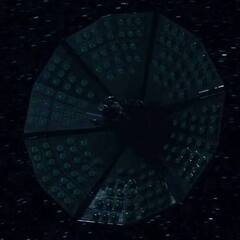Z590 with i9-11900K - Frequent freezes/blue screens - bug in Intel?
-
Featured Topics
-
Topics
-
Avallyn ·
Posted in New Builds and Planning0 -
2
-
0
-
me255 ·
Posted in New Builds and Planning8 -
0
-
6
-
Alienized ·
Posted in New Builds and Planning9 -
kasdashd ·
Posted in Folding@home, Boinc, and Coin Mining1 -
4
-
remo233 ·
Posted in New Builds and Planning6
-

















Create an account or sign in to comment
You need to be a member in order to leave a comment
Create an account
Sign up for a new account in our community. It's easy!
Register a new accountSign in
Already have an account? Sign in here.
Sign In Now